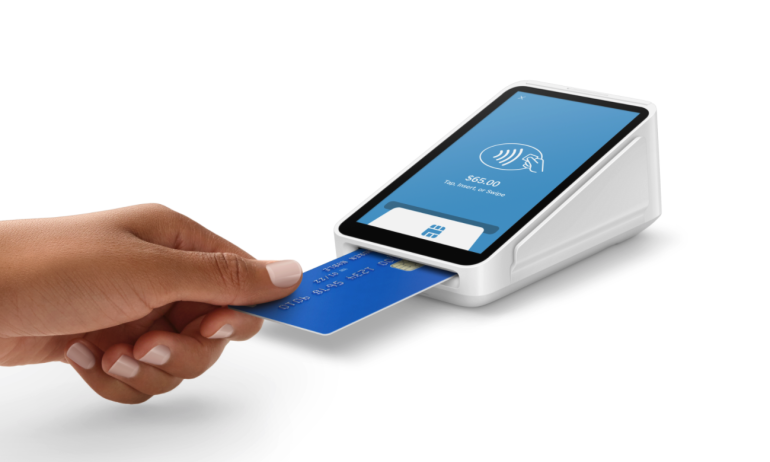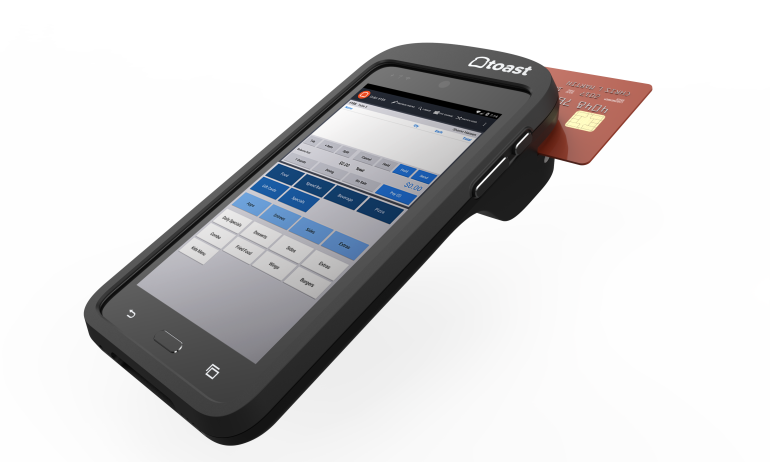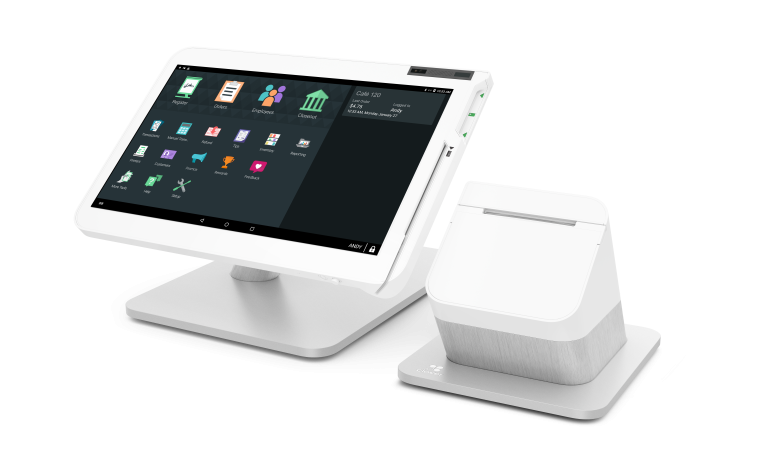Best Bar POS Systems of 2024
Many of the notable point-of-sale providers in the restaurant space also offer great solutions for a bar POS system.
Many, or all, of the products featured on this page are from our advertising partners who compensate us when you take certain actions on our website or click to take an action on their website. However, this does not influence our evaluations. Our opinions are our own. Here is a list of our partners and here's how we make money.
Bar point-of-sale (POS) systems typically offer plans that are specific to the restaurant industry and put an emphasis on ease of use, inventory tracking and menu management to keep bar operations running efficiently. Like more generalized POS systems, they also usually come with 24/7 support, employee management tools and integrated payment processing.
Here are some of our top picks for the best bar POS systems:
Best overall: Square Restaurant.
Best for bars that serve food: Toast.
Best for system reliability: TouchBistro.
Why trust NerdWallet
| Product | Payment processing fees | Monthly fee | Learn more |
|---|---|---|---|
 Square Restaurant POS NerdWallet Rating Learn more on Square's website | 2.6% + 15¢ in-person; 2.9% + 30¢ online. | $0 Free plan; $69 Plus plan; $165 Premium plan. | Learn more on Square's website |
 Toast POS NerdWallet Rating Learn more on Toast's website | 2.49% + 15¢ if you buy hardware upfront; 3.09% + $0.15 for pay-as-you-go option. | $0 Starter Kit; $69 Point of Sale plan; custom Build Your Own plan. | Learn more on Toast's website |
 Clover POS NerdWallet Rating Learn more on Clover's website | 2.3% + 10¢ or 2.6% + 10¢ in-person; 3.5% + 10¢ online. | $0 and up. | Learn more on Clover's website |
 Lightspeed Restaurant POS NerdWallet Rating Learn more on Lightspeed's website | 2.6% + 10¢ in-person; 2.6% + 30¢ manually keyed. | $189 $399 Premium plan. | Learn more on Lightspeed's website |
 TouchBistro NerdWallet Rating Learn more on TouchBistro's website | N/A Quote-based. | $69 and up. | Learn more on TouchBistro's website |
Square
Free plan available.
App and card readers are compatible with iOS and Android devices.
No long-term contracts or installation fees; can pay for hardware in installments.
n-house payroll software available.
All plans include a free online ordering page.
Free plan doesn’t include 24/7 support.
Toast
Free plan available for restaurants with up to two POS terminals.
24/7 support via web messaging.
Offers helpful related services, like payroll and team management software, that integrate closely with its POS system.
Built specifically for restaurants with in-house delivery platform available, among other industry-specific features.
Requires a two-year contract and charges early termination fees.
Online payment processing rates are more expensive than competitors.
Charges setup fee, and offline mode includes hidden cost of backup router.
Online ordering is considered an add-on for all plans.
» MORE: Best POS systems for restaurants
Clover
Free plan available if you’re only using a mobile card reader.
24/7 phone and email support.
All restaurant plans include no-fee online ordering, and retail plans let you integrate with existing online stores.
Promotions require a three-year contract.
Charges termination fees, though they may be waived in certain cases.
Online payment processing rates are more expensive than competitors.
Popular accounting integrations are only available through third-party apps.
Lightspeed Restaurant
Offers advanced inventory management and recipe costing tools.
All plans include CRM and loyalty programs.
Essential and Premium plans include one-on-one support.
24/7 support available.
Syncing with accounting software costs extra.
Some plans may require long-term contracts.
TouchBistro
24/7 phone, chat and email support.
Includes restaurant-specific features, like table and menu management.
Optional profit management system provides tools for improving margins.
As a hybrid POS system, TouchBistro can operate without the cloud. Offline capabilities include accepting payments, taking orders, editing menus and managing staff.
Payment processing rates are quote-based, making them difficult to compare to the competition.
Contracts are automatically renewed and can't be terminated early.
No free plan options and charges setup fee.
Ability to accept online orders costs extra.
» MORE: Best POS systems for food trucks
Bar POS system must-have features
Any bar POS system worth its salt (and lime) should have the following features and qualities. Beyond these, the right system for your bar will depend on your particular business needs.
Speed and reliability. The bar environment is a fast-paced one, and you’ll need a POS system that can keep up on all fronts, from app and software response to payment processing to receipt printing. Taking advantage of a free trial opportunity or live, in-person demo could help you gauge whether the system you’re considering will power through a late-night rush or drag you down with delays and lag times.
User friendliness. Even if you’re a tech-savvy business owner, your staff will likely have varying degrees of comfort with tech and POS systems. And because time is definitely money in the bar and restaurant industry, you want to be sure you won’t need to invest heavily in getting you and your staff confident in using the system. This is where POS providers who offer live setup and training support (especially if it’s in-person and most especially if it’s free) can stand out among the competition.
24/7 live support. Whether by phone or through chat, customer support availability — particularly after normal business hours — is an important consideration when choosing your bar POS provider. It’s great to have a chatbot at your fingertips for quick questions that can be easily answered, but when it’s 1 a.m. and your bar is packed, you won’t want to dampen the mood if your system suddenly has an issue accepting credit card payments and you’re unable to reach a customer support representative until 9 a.m. the next day.
Tabs, split checks and promos. Customers will almost certainly expect the ability to open a tab, split a check among friends or coworkers and see what’s on offer for happy hour. You’ll want to be sure your POS system can deliver on those expectations.
Menu management. Whether you have a small, curated menu of specialty cocktails, an extensive beer and food menu that spans several pages, or something in between, you’re going to need the ability to easily make changes to your menu. Some systems allow you to schedule pricing changes to occur on certain days and times (think happy hours and promotions), which can help to streamline your menu management.
Staff management. Any bar owner knows the amount of time and thought that goes into creating a staffing schedule that satisfies both the employee and the business needs. Not to mention how crucial it is to accurately track and pay out tips, ensure employees get paid correctly and on time and set system permissions according to employee role. A POS system that includes functionality for managing staff, whether as a built-in feature or an add-on tool, is a must.
Inventory tracking. It almost goes without saying that accurate inventory tracking is essential for running a bar. Many bar POS systems will include this as a built-in function; some may also offer the ability to integrate with various inventory management apps and software.
Methodology
NerdWallet’s point-of-sale systems provider ratings reward companies whose products and services are priced well and work in a variety of payment scenarios, among other criteria.
Ratings are based on weighted averages of scores in several categories, including cost, system capabilities, contract requirements, customer service and integrations and add-ons. Learn more about how we rate point-of-sale (POS) systems providers.
These ratings are a guide, but services, hardware and pricing can vary widely from business to business and provider to provider. We encourage you to shop around and compare several providers.
NerdWallet does not receive compensation for any reviews. Read our editorial guidelines.
Table of contents












